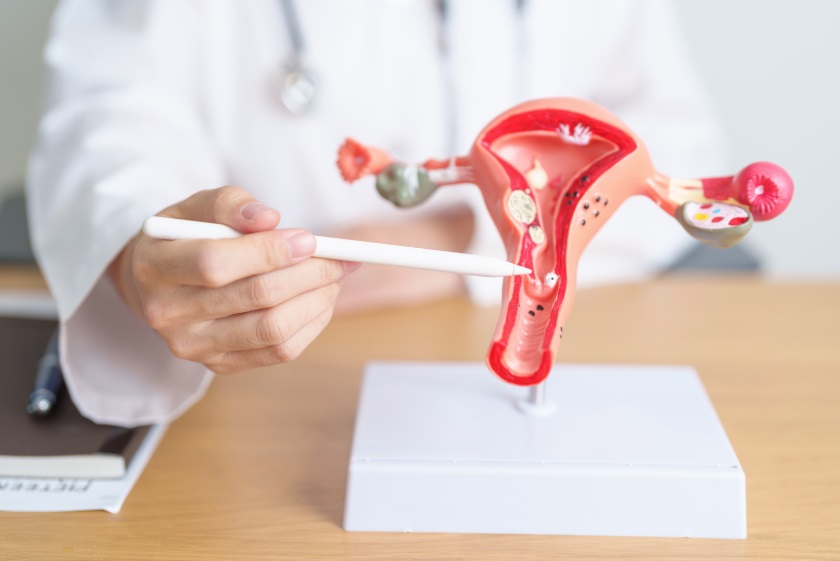
Ovarian torsion is a serious medical condition where the ovary and part of the fallopian tube twist around their supporting ligaments. This twisting blocks blood flow, leading to extreme pain and potential fertility loss. Without urgent medical intervention, tissue damage may occur.
Although ovarian torsion is rare, certain factors increase its likelihood. The most common cause is an ovarian cyst or mass, which adds weight to the ovary and makes twisting more likely.
📌 Key Facts About Ovarian Torsion:
✔️ Ovarian Cysts – More than 80% of cases involve ovarian masses larger than 5 cm.
✔️ Fertility Treatments – Women undergoing IVF or ovarian stimulation face a higher risk due to enlarged ovaries.
✔️ Pregnancy-Related Cases – Around 20% of cases occur during pregnancy, often triggered by corpus luteal cysts or hormonal changes.
Recognizing the symptoms early is crucial for preventing complications. The condition develops suddenly and worsens over time.
✔️ Severe Lower Abdominal or Pelvic Pain – Often one-sided and intense.
✔️ Cramping – Pain that comes and goes, mimicking menstrual cramps.
✔️ Nausea & Vomiting – Common due to the ovary’s restricted blood supply.
✔️ Occasional Fever – May indicate inflammation or secondary infection.
📌 When to Seek Medical Help: Immediate medical attention is necessary if pain becomes severe, persistent, or is accompanied by nausea or vomiting. Early diagnosis prevents complications.
Physicians use clinical evaluation and imaging tests to confirm the diagnosis.
🔹 Medical History & Symptoms – Understanding pain patterns and reproductive history.
🔹 Physical Examination – Detecting tenderness, swelling, or abnormal masses.
🔹 Transvaginal Ultrasound – The most reliable tool for visualizing the twisted ovary and assessing blood flow.
Since ovarian torsion mimics conditions like appendicitis and kidney stones, early testing is essential for accurate diagnosis.
Once diagnosed, emergency surgery is required to untwist the ovary and restore blood flow.
✔️ Laparoscopy – A minimally invasive procedure where small instruments and a camera are used to correct the torsion.
✔️ Laparotomy – A more invasive surgery, reserved for severe cases or when complications arise.
📌 Can the Ovary Be Saved? If treated early, the ovary often recovers fully. However, delayed intervention may lead to irreversible tissue damage, requiring ovary removal (oophorectomy).
Ovarian torsion is a time-sensitive condition, but quick medical attention can preserve fertility and prevent long-term damage. Women undergoing IVF or ovarian stimulation should remain extra cautious if sudden pelvic pain occurs.
At Sakalli IVF, our specialists provide advanced fertility care and early diagnosis of reproductive conditions. If you have concerns about ovarian torsion or fertility-related issues, contact us today for expert advice and personalized treatment.
📞 Book a consultation and take control of your reproductive health!
Copyright © Sakalli IVF. All rights reserved